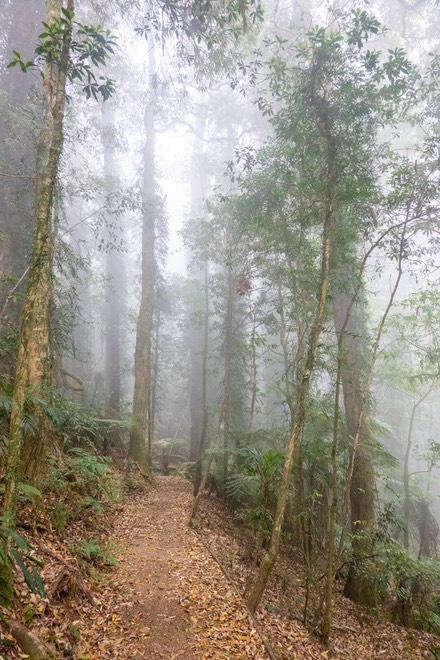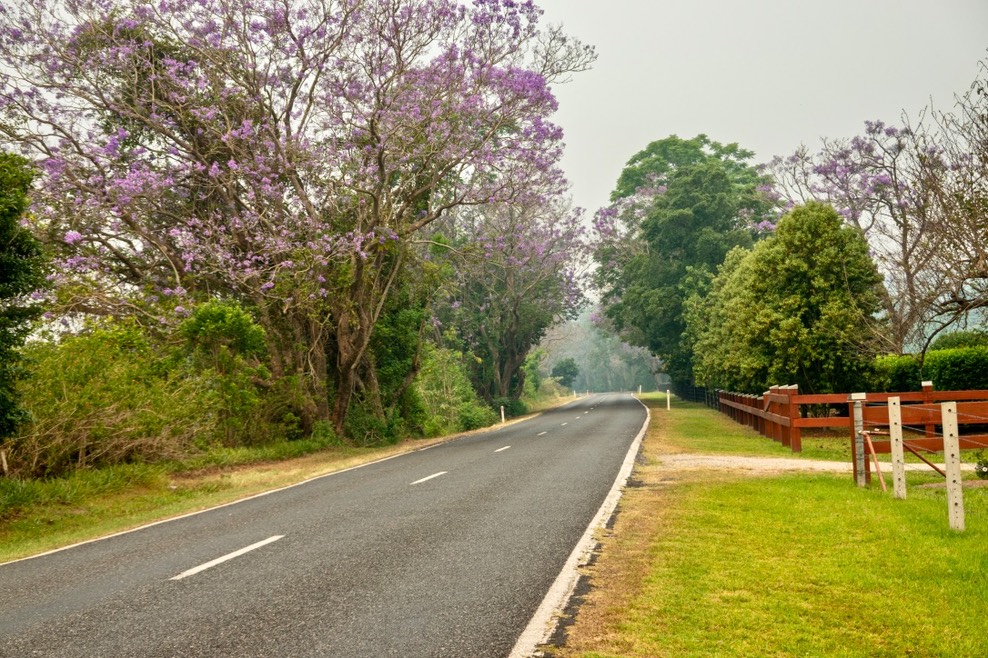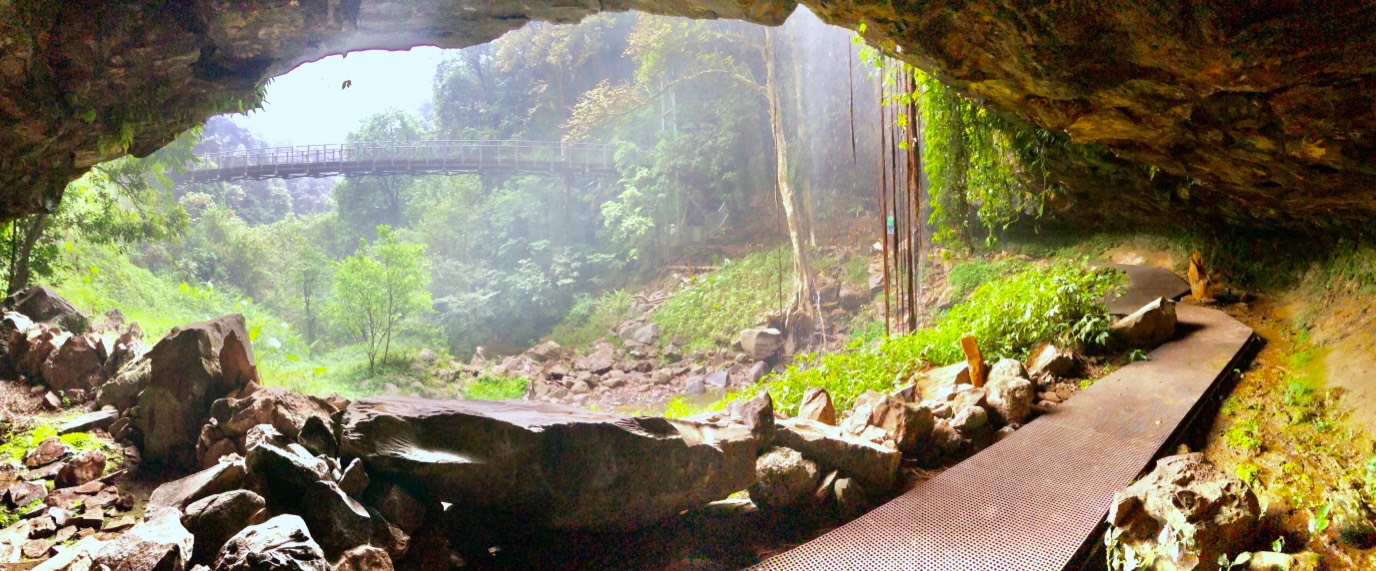 Austin had a distant memory of eating the best salt and pepper squid ever at Yamba Bowling Club. So that’s where we headed next! Unfortunately the squid was no longer on the menu and so instead we took a ferry trip across the mouth of the Clarence River to Iluka.
Austin had a distant memory of eating the best salt and pepper squid ever at Yamba Bowling Club. So that’s where we headed next! Unfortunately the squid was no longer on the menu and so instead we took a ferry trip across the mouth of the Clarence River to Iluka. 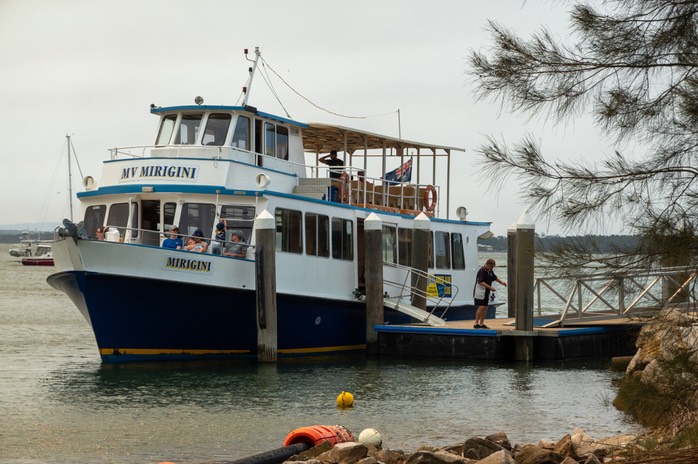 In Iluka we walked along the coastline and ended up at the famous 100 year old pub. The walk was lovely but the pub looked its age and was rather uninviting. Later, on the return ferry, there was a young couple who sadly had just lost their first home to the fires, bringing the recent tragedy very close! We stayed the night at the Maclean show ground which also accommodated bush fire evacuees from around the area.
In Iluka we walked along the coastline and ended up at the famous 100 year old pub. The walk was lovely but the pub looked its age and was rather uninviting. Later, on the return ferry, there was a young couple who sadly had just lost their first home to the fires, bringing the recent tragedy very close! We stayed the night at the Maclean show ground which also accommodated bush fire evacuees from around the area. 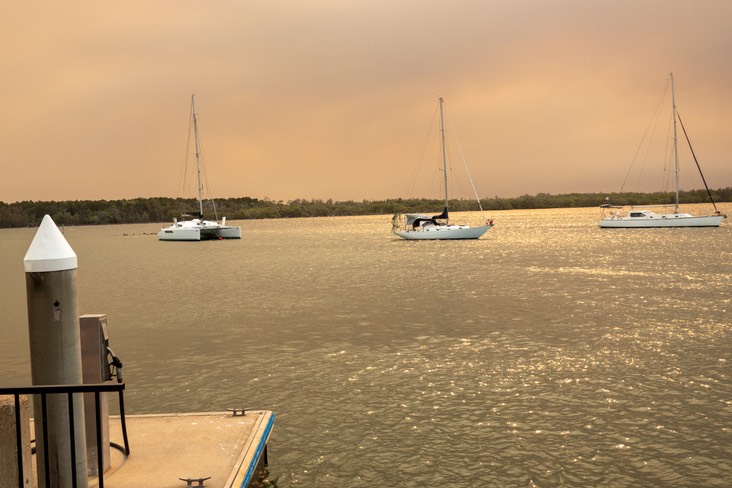 To try and escape the thick blanket of smoke we left early the next morning towards the town of Bellingen. Again we found the local show ground a great and inexpensive place to stay at. We didn’t quite escape the smoke which, according to some locals, had lingered over the area for the last 2 months.
To try and escape the thick blanket of smoke we left early the next morning towards the town of Bellingen. Again we found the local show ground a great and inexpensive place to stay at. We didn’t quite escape the smoke which, according to some locals, had lingered over the area for the last 2 months. 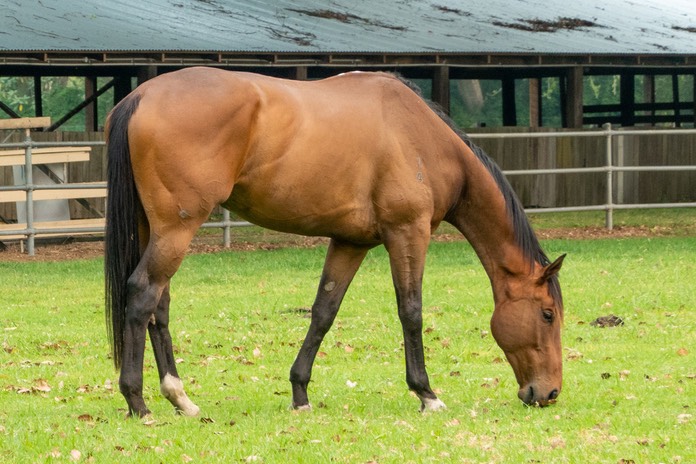 The Bellingen show ground had the added attraction of a row of horse stables and we made friends with ex race and show horses who, contrary to others recently heard of, were lovingly cared for by their owners. From Bellingen we took a couple of trips along the Waterfall Way, a scenic drive along a rural valley with blooming Jacarandas, steep hills of dense rain forest and waterfalls.
The Bellingen show ground had the added attraction of a row of horse stables and we made friends with ex race and show horses who, contrary to others recently heard of, were lovingly cared for by their owners. From Bellingen we took a couple of trips along the Waterfall Way, a scenic drive along a rural valley with blooming Jacarandas, steep hills of dense rain forest and waterfalls. 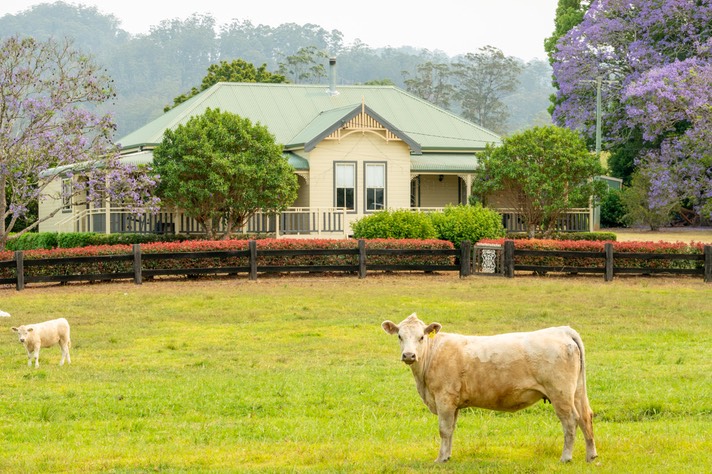 Driving through Dorrigo we came to Dangar Falls and then made our way to the Rain Forest Centre and National Park. Luckily the beautiful rain forest in Dorrigo had not been touched by the nearby fires, but was also engulfed in smoke. We talked to one of the rangers and learned that after a fire it takes at least 300 years for rain forest to regenerate.
Driving through Dorrigo we came to Dangar Falls and then made our way to the Rain Forest Centre and National Park. Luckily the beautiful rain forest in Dorrigo had not been touched by the nearby fires, but was also engulfed in smoke. We talked to one of the rangers and learned that after a fire it takes at least 300 years for rain forest to regenerate. 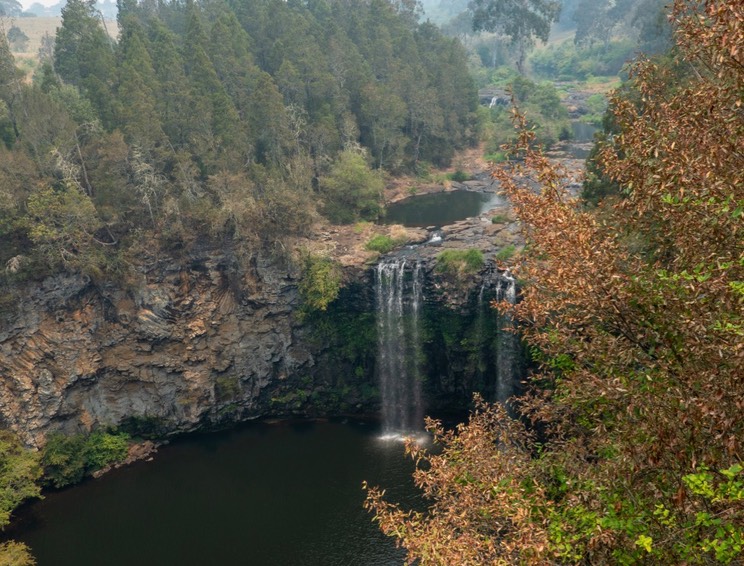 Occasionally a single eucalyptus tree is found in midst of a rainforest. This helps to ascertain when a fire, fierce enough to burn the moist rain forest has last ravaged the area, as the eucalyptus needs fire to propagate.
Occasionally a single eucalyptus tree is found in midst of a rainforest. This helps to ascertain when a fire, fierce enough to burn the moist rain forest has last ravaged the area, as the eucalyptus needs fire to propagate. 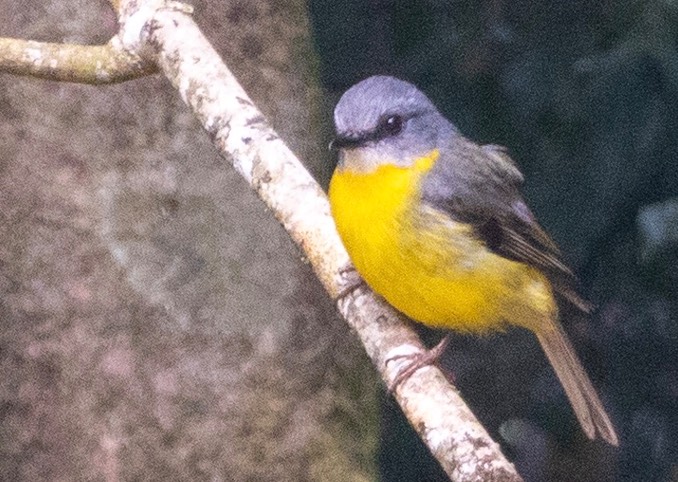 The rainforest harbours a wealth of birds, mammals and insects feeding on its lush fruit and spreading the seeds onto the moist soil.
The rainforest harbours a wealth of birds, mammals and insects feeding on its lush fruit and spreading the seeds onto the moist soil.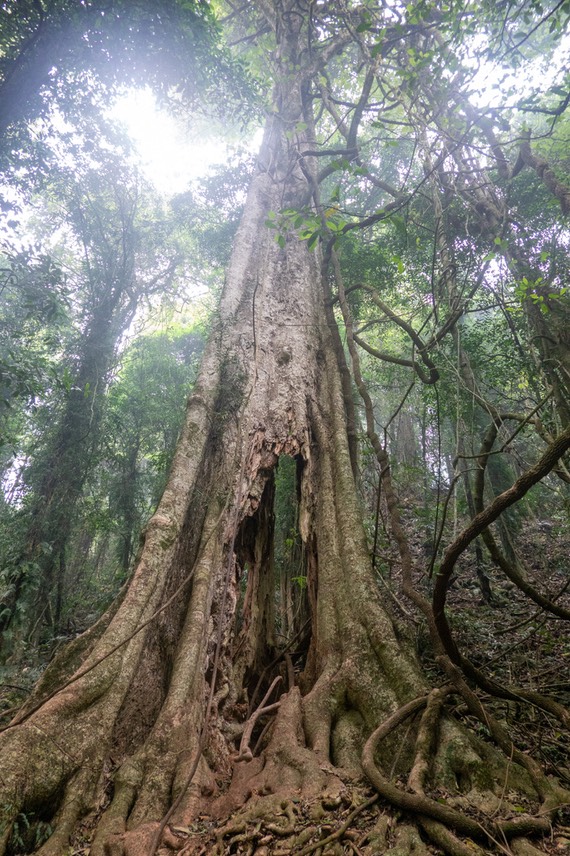 Many of the giant trees, like Sassafras, Brush Box, yellow Carabeen and Tallowwood trees host the strong roots of the Strangler Fig. The fig seeds are dropped by birds onto the tree canopy and roots grow downwards until anchoring themselves into the soil. Other roots wind their way around the stem and eventually strangle the original tree in their tangled lattice work.
Many of the giant trees, like Sassafras, Brush Box, yellow Carabeen and Tallowwood trees host the strong roots of the Strangler Fig. The fig seeds are dropped by birds onto the tree canopy and roots grow downwards until anchoring themselves into the soil. Other roots wind their way around the stem and eventually strangle the original tree in their tangled lattice work. 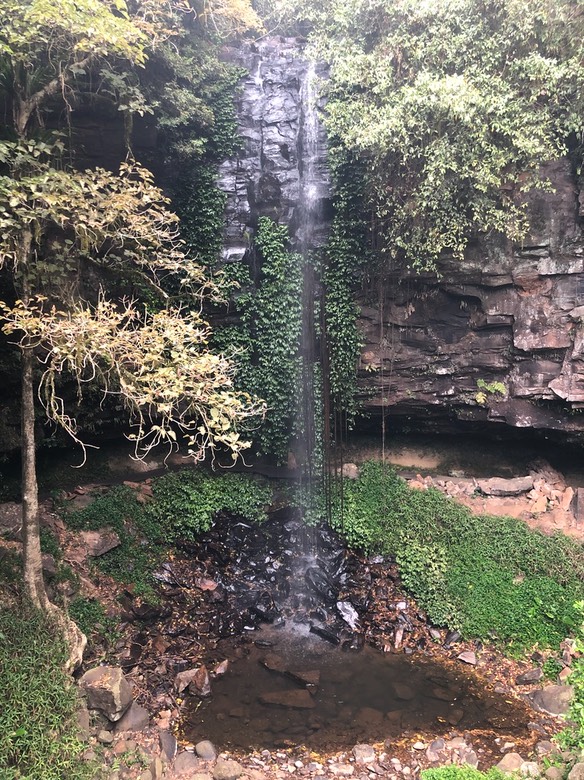 Epiphytes like orchids, ferns and stag horns are kinder. They take their nourishment from the air and rainwater and create their own ecosystems. On our second day, after some light rain, the smoke somewhat settled and we took a beautiful 3 hour walk along the Wonga Trail to Crystal Shower Falls and Tristania Falls. The orchestra of the rainforest bird songs was amazing. Unfortunately we only got a short glimpse of the elusive lyrebird. Back in Bellingen we replenished our sustenance with home made cakes in the Old Butter Factory.
Epiphytes like orchids, ferns and stag horns are kinder. They take their nourishment from the air and rainwater and create their own ecosystems. On our second day, after some light rain, the smoke somewhat settled and we took a beautiful 3 hour walk along the Wonga Trail to Crystal Shower Falls and Tristania Falls. The orchestra of the rainforest bird songs was amazing. Unfortunately we only got a short glimpse of the elusive lyrebird. Back in Bellingen we replenished our sustenance with home made cakes in the Old Butter Factory.
(No need to clean your glasses. The haze is due to the smoke in the air.) Our next stop will be South-West Rocks, once a favourite scuba diving spot for Austin and our girls.
